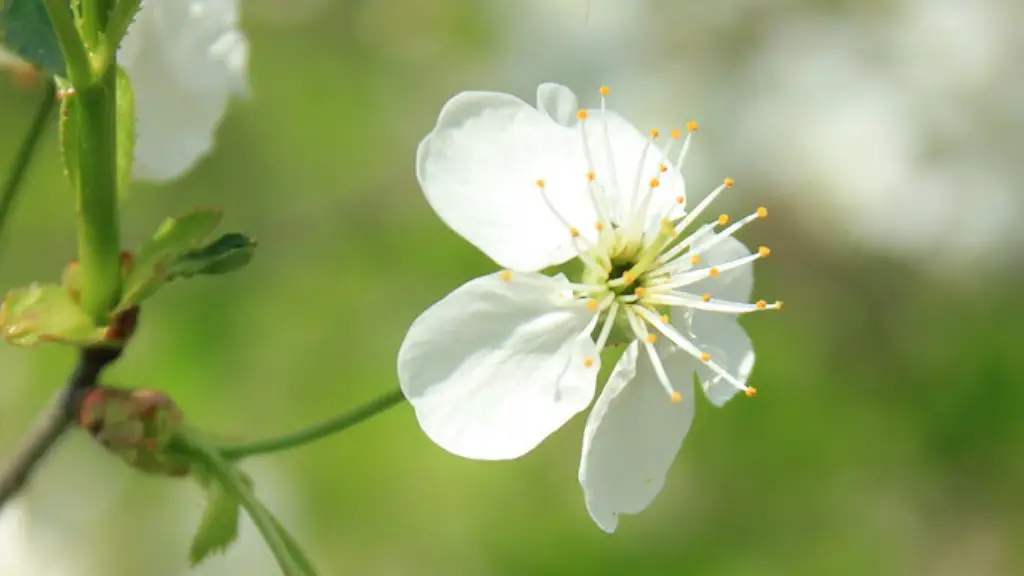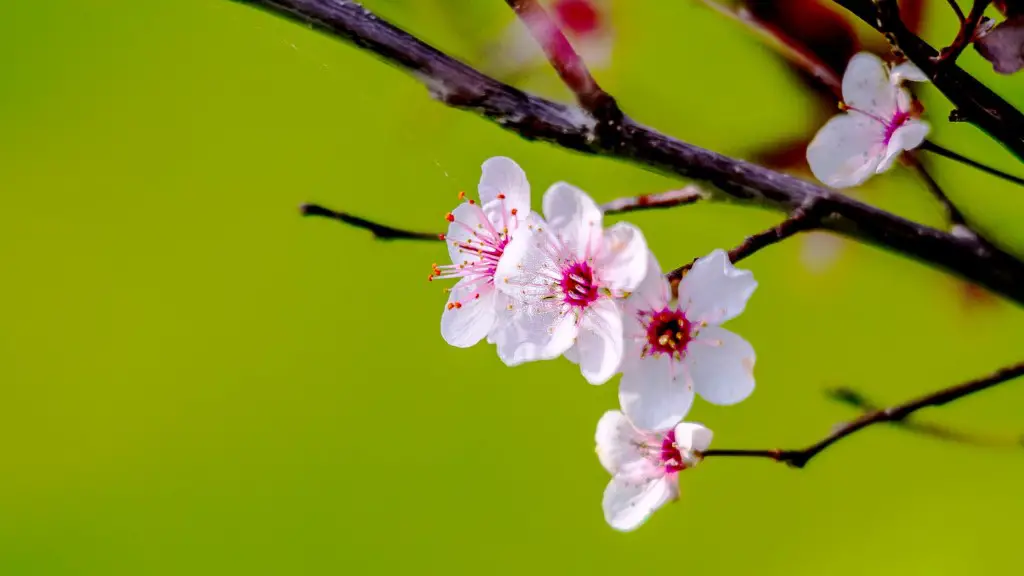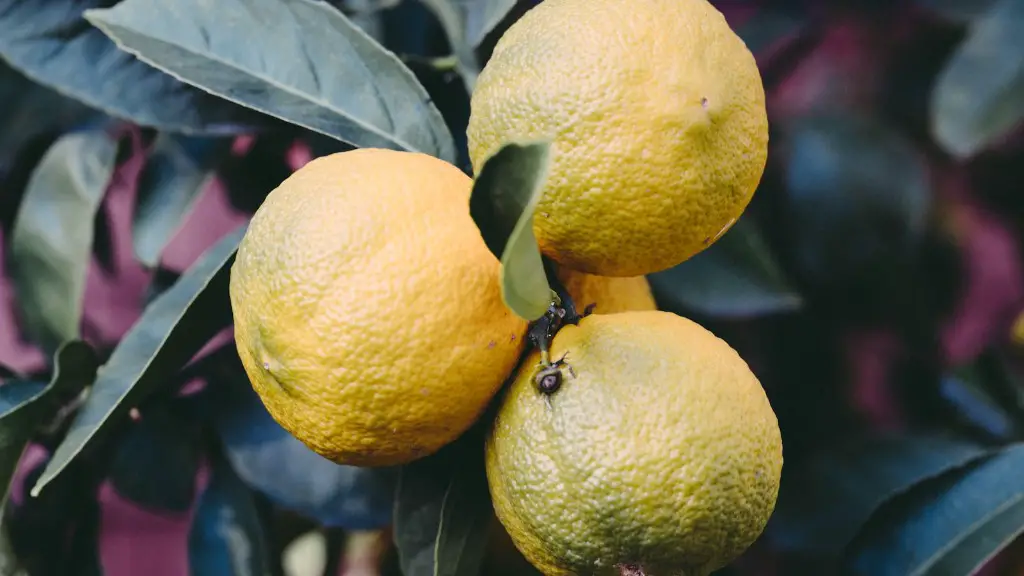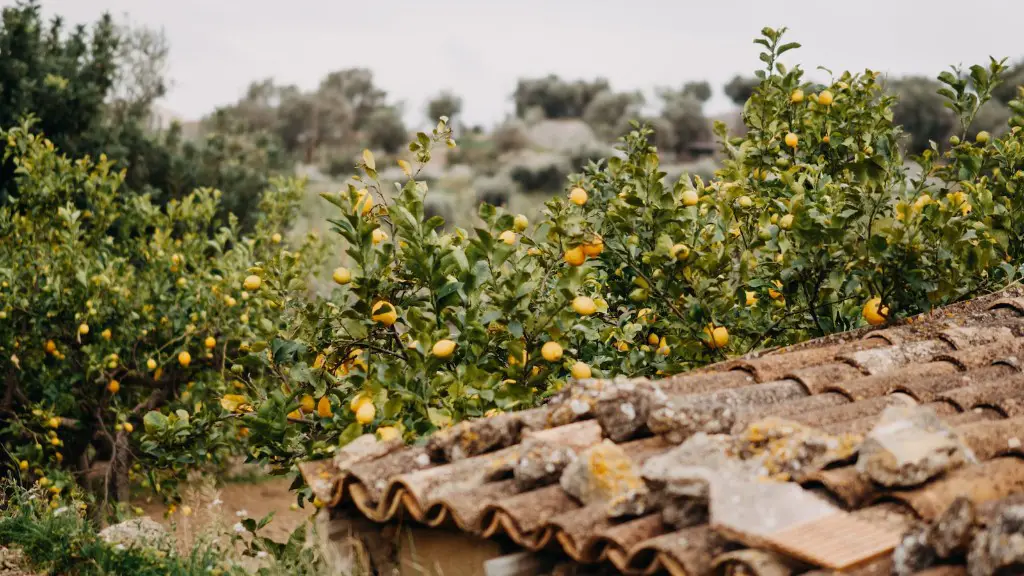Moving a Small Apple Tree
When it comes to moving a small apple tree, the process isn’t as hard as one might think. You need to pay close attention to the details, though, to make sure you do it safely and correctly. Here’s how to move the tree successfully.
First, it’s important to assess the size of your tree and the size of your new location. Because apple trees grow best in soils that contain an adequate amount of nutrients, pick an area where natural soil can be cultivated. It also should have enough sunlight, moisture, and room for the roots to spread out.
Next, carefully dig around the tree to expose the bulk of the roots. Cut through the taproot, leaving as much of the fibrous root system connected to the tree as possible. Use a shovel to excavate around the tree roots and remove the soil from underneath.
Then, place the tree in a wheelbarrow or other large container for easy transport. It’s important to get the tree in the wheelbarrow quickly, as the roots are prone to breaking in the process. Also, consider providing some kind of cushion like straw or newspaper to make sure the tree doesn’t slam against the sides of the container while moving.
Once you have the tree securely in the wheelbarrow, you can start to move it to the new location. This can be done with a wagon or even a truck if needed. It’s important that the tree never stays in one place for too long, as the roots can become dried out and damaged.
Once you get to the new spot, you can start to put the apple tree in the ground. This involves digging a hole for the tree, making sure it’s deep enough for the roots to fit comfortably. Make sure the root system is laid out properly and fill the rest of the hole with soil. You can then compact the soil gently in order to ensure the tree is firmly in place.
Finally, give the tree a good watering and apply a layer of mulch around the base. This will help retain moisture and essential nutrients in the soil, helping your tree maintain a healthy root system.
Location Selection
When choosing a new location for your small apple tree, choose a spot that contains nutrient-rich soil but also offers plenty of natural sunlight and a good amount of room for the roots to grow. Avoid spots that may be prone to flooding or areas with extreme temperatures, as these can all put stress on the tree. The new spot should also be away from other plants, to avoid competition for nutrients.
Furthermore, check the drainage of the property. If the soil doesn’t drain well, it may be prone to flooding or becoming soggy from rains, which can damage or even kill an apple tree. Additionally, check for nearby trees or structures that may cast too much shade, which can cause the fruit from your tree to not ripen.
Digging and Transport
Digging and transporting the tree is the next step in the process. Begin by carefully excavating soil around the tree and removing excess soil until the majority of the root system is exposed. While here, use a saw to cut the tap root and then proceed to move your apple tree into a wheelbarrow or other suitable container.
During this stage, it is important to act quickly and handle the tree with care, as even slight damage to the roots can put stress on the tree and in some cases even kill it. As you transfer the tree, place a cushion or padding, like straw or newspaper, in the wheelbarrow or container to help the tree get to its destination safely.
When transporting the tree, never leave it in one spot, as the lack of sun and water can dry out the root system, leading to its death. Furthermore, make sure that you have adequate resources to move the tree, as an inadequately sized vehicle or compartment can overly stress the tree, causing damage to both the tree and the vehicle.
Planting the Tree
Once at the new location, begin to dig a hole for the tree. The hole should be dug wide enough that the root system can comfortably expand and deep enough such that when the tree is placed in the ground, the top of the root system lines up with the soil surface.
Fill the hole with the soil you dug out, making sure the roots don’t become exposed in the process. Don’t add anything else to the soil, as this can inhibit proper growth or contaminate the root system. Once the tree is planted, use your hands or feet to compact the soil around the base of the tree without damaging the roots.
Caring for the Tree
Your newly transplanted apple tree will need some extra love during the first few months in its new spot. Give the tree a good watering immediately after planting, then again every few days until you can see that the soil is sufficiently moist. Watering is important during the transition period, as it will help the deep roots thrive in the new environment.
In addition to proper watering, also consider applying a layer of mulch around the base. This can help insulate the roots, retain moisture in the soil, and feed essential nutrients to the new root system. When mulching, make sure that the mulch is not spread too close to the base, as the apple tree’s shallow roots can be damaged by the heat of the sun.
Preventing Diseases and Pests
The weak state of a recently transplanted apple tree can make it susceptible to diseases, pests, and weather damage. It’s important to be proactive in protecting the tree from detrimental factors, such as keeping it away from overcrowded areas and excessive shade. Furthermore, monitor the tree for signs of problems like pests or diseases and take corrective action if necessary.
For diseases, be sure to prune away dead or damaged branches immediately. Additionally, make sure the tree is adequately watered and remove any weeds or debris that can hold moisture and encourage the growth of several types of fungi.
As for pests, make sure to inspect the tree regularly for signs of infestation. Common apple tree pests are aphids, coddling moths, and leafrollers, but there are numerous others that could be a threat. If any pests are spotted, take appropriate action, such as introducing predator insects or using insecticides, quickly and effectively.




